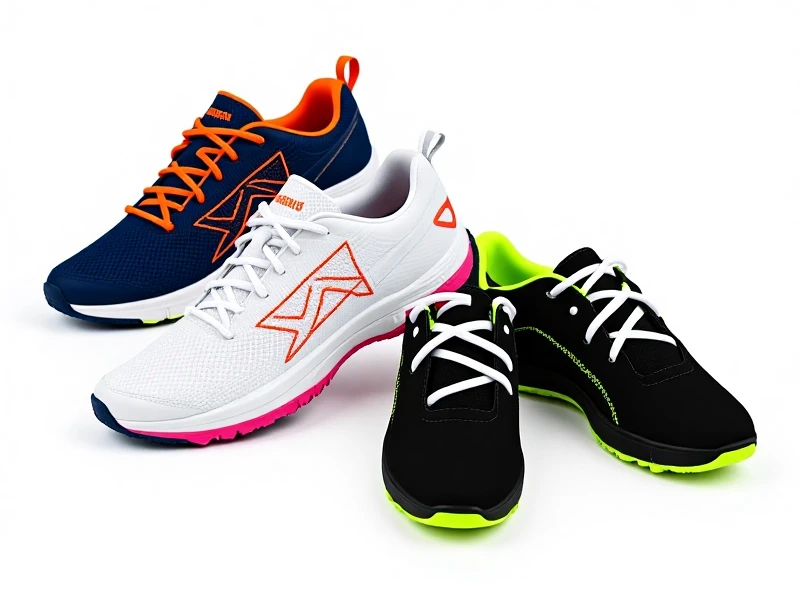How to Choose the Best Running Shoes for Maximum Comfort and Performance

Finding the perfect pair of running shoes is essential for any runner, whether you're a beginner or a seasoned pro. Wearing the right shoes can transform your runs, reducing fatigue and preventing injuries like shin splints or kneecap pain. In this guide, I'll share practical tips to help you select running shoes that match your needs and keep you motivated on every stride.
First, understand that not all running shoes are created equal. The main types include cushioned shoes, which offer extra padding for impact absorption—ideal for neutral runners. Stability shoes provide arch support to control overpronation, perfect if your feet roll inward. Minimalist shoes are lighter with less cushioning, encouraging a natural stride but requiring strong foot muscles. Always consider your foot arch, gait style, and running terrain. For instance, trail running shoes have rugged outsoles for uneven surfaces, while road running shoes prioritize flexibility on pavements. Look for brands known for durability, such as Brooks or Saucony, and try on several models in a store to ensure a snug fit—you should have a thumb's width of space at the toes and no slipping at the heel.
Beyond type, focus on innovations like breathable mesh uppers that wick moisture and responsive midsoles that enhance energy return during runs. I recommend replacing your running shoes every 300-500 miles, as worn-out cushioning increases injury risks. Pair them with moisture-wicking socks to prevent blisters and rotate between two pairs to extend lifespan. Ultimately, investing in quality running shoes isn't just about comfort; it boosts your performance, helping you achieve personal bests while enjoying the miles. Start your journey today by consulting a specialist or using online fitting tools for personalized recommendations—your feet will thank you! ( 398)